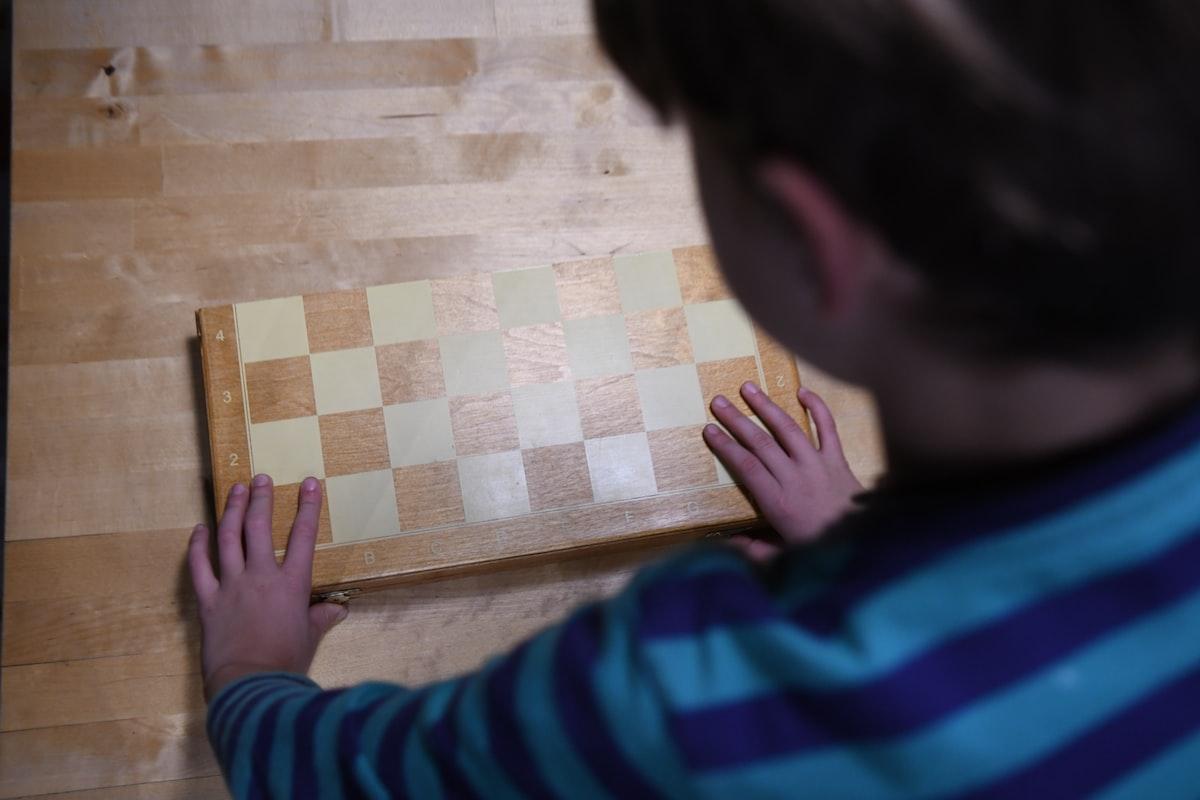Chess is a highly popular two-player board game that has been played for over a thousand years. It is a game that requires critical thinking, creativity, and strategic planning. The game involves moving different pieces across a checkered board, with the goal of capturing your opponent’s king piece. Each chess piece has unique movement patterns that players must understand in order to play effectively. One of the most important pieces is the knight, with its unique L-shape movement. Understanding the knight’s movement in chess is crucial for any player who wants to improve their game.
Importance of Knight’s Movement in Chess

The knight is one of the six types of pieces in a game of chess, and is usually represented by a horse’s head on the chess board. It has a value of three points, which is comparable to a bishop’s value, and is one of the most valuable pieces on the board. In terms of importance, the knight is usually considered to be the best piece to use in the opening stages of the game as it can help control the center of the board, and is an excellent tool for attacking your opponent’s pieces. Understanding the movement of the knight is essential for any chess player who wants to master the game.
Mastering Knight’s L-Shape Movement in Chess

The knight is unique in that its movement pattern is not linear like that of the rook or bishop; it moves in an L-shape pattern on the board. This means that the knight moves two squares horizontally or vertically, and then one square perpendicular to that direction. It is the only piece that can jump over other pieces, making it a useful tool for attacking an opponent’s pieces, even if they are protected by other pieces. When moving the knight, it is important to remember that it cannot move to a square that is already occupied by a piece of its own color. Additionally, when capturing an opponent’s piece, the knight’s destination square must be one where the opponent’s piece currently resides. Understanding these rules and the knight’s movement is key to mastering strategic play in chess.
The Strategic Implications of the Knight’s Movement in Chess
The knight’s unique movement pattern can create a lot of strategic opportunities for players. The ability to jump over pieces allows it to threaten multiple squares at once or to capture an opponent’s piece in situations where other pieces cannot. It is also a valuable tool for creating “forks,” where the knight attacks two or more pieces at once, forcing the opponent to choose which piece to save, and leaving the other one vulnerable. Additionally, the knight can be useful in combination moves with other pieces, such as using it to set up a bishop or queen for an attack or to move one’s own pieces out of danger. Understanding the knight’s movement and strategic implications is essential for any player who wants to improve their gameplay.
Common Knight Movement Mistakes in Chess
Novice players can often make mistakes when using the knight. One of the most common mistakes is moving the knight to a square that is not advantageous for the player. It is important to remember that the knight’s movement can be slow and limited in some cases, so knowing when to move the knight is crucial. Another mistake novice players make is not considering how the knight’s movement impacts the rest of their pieces on the board. A misplaced knight can hinder the movement and positioning of other pieces, creating a disadvantage in the game. Also, players often forget that the knight can be trapped by enclosing it with friendly or opposing pieces. By avoiding these common mistakes, players can improve their game and make more strategic use of the knight piece.
Mistakes to Avoid with Knight in Chess
To conclude, mastering the knight’s movement in chess is a fundamental aspect of improving one’s game. It is vital to know how to effectively use the knight to create strong attacks while also avoiding common mistakes. Properly positioning and moving the knight can lead to valuable strategic opportunities that can turn the game in one’s favor. Remember to take advantage of the knight’s unique movement pattern and its abilities to jump over other pieces, creating opportunities for forks or capturing pieces that other pieces couldn’t. Keep in mind that the knight’s placement should complement the strategy of your other pieces. So, the next time you pick up a chess piece, think twice about how to move your knights, and continue to practice until you become an expert in using this versatile piece to your advantage.
Knight Movement in Chess: FAQs Answered
Sure, here are some frequently asked questions and their corresponding answers on the topic of “Mastering the Knight’s Movement in Chess”:
What is the optimal strategy for using the knight in chess?
The optimal strategy for using the knight in chess is to place it in the center of the board during the opening stages of the game. This allows the knight to have greater mobility and options for attacking the opponent’s pieces.
Can the knight move through other pieces on the board?
No, the knight cannot move through other pieces on the board. It can only move to a square if it is not occupied by a piece of its own color.
What is the value of the knight in comparison to other pieces?
The knight has a value of three points, which is comparable to that of a bishop’s value. It is usually considered to be more valuable than a pawn or a rook, but less valuable than a queen.
What are some common mistakes to avoid when using the knight?
Common mistakes when using the knight include moving it to squares that are not advantageous or failing to consider the knight’s impact on the rest of the pieces on the board. Another common mistake is forgetting that the knight can be trapped by friendly or opposing pieces.
What are some advanced strategies involving the knight?
Advanced strategies involving the knight include using it for forks, where the knight attacks two or more pieces at once, or placing it in a position where it defends multiple squares simultaneously. Additionally, using the knight in combination moves with other pieces can also lead to strong attacks or defensive maneuvers.
How can I improve my use of the knight in chess?
To improve your use of the knight in chess, practice moving the piece and considering its strategic implications in various scenarios. Studying and analyzing games played by expert players can also give you a better understanding of how to effectively use the knight in different situations.